
Let’s talk teaching tools!
Is there a game or gadget that you find yourself reaching for again and again to use with your students? Is there a product you always have in stock and on hand for lessons?
I thought it would be fun to do a series of blog posts about my favorite teaching tools. Today’s teaching tool might be a bit surprising, since it is low-tech and something that you probably already have in your home. However, it is one that I find myself using more and more with my students. Today I will be sharing the many ways I use one of my very favorite teaching tools…the post-it note!
Big ones, small ones, the more colorful the better—the post-it note is a tool I find myself reaching for more and more in my lessons. Here are some of the ways I use post-it notes with my students:
1) Marking pages in students’ books.
This may seem like a no-brainer, but several years ago I started using post-it flags to mark the pages of each piece I expected my students to practice during the week. I wanted to make it as easy as possible for my students to find exactly what they should be working on when they sit down to practice at home.
This can be especially helpful for my youngest students. My elementary school-age students can’t always look up their assignments in their practice binders independently, or find pages quickly in their books without help. I have them mark their pages with a colorful post-it and have them practice turning to the correct page in their lessons. This makes me much more confident that they will be able to practice the correct music at home—even if mom or dad isn’t sitting at the piano with them.
2) Covering up extra information in the music.
Do you have students that get overwhelmed when looking at a new piece of music and just don’t know how to get started? Do your students practice the first section of a piece over and over when they really should be practicing page 2?
Enter the post-it note! Hide whatever you don’t want your students to see when they are practicing at home—then move the post-its the following week.
3) Isolating tricky measures for practice.
There are lots of fun ways to use the post-it as a practice tool. Here are a few ideas:
- Cover up everything except for one tricky section in the music, and have students put a tally mark on the post-it each time they play it correctly.
- Use post-its for “backwards practice.” Put post-its on the last line of a piece to cover everything except the last measure. Once your student has played the last measure correctly 3 times, move the post-it backwards so only the last two measures are showing. Keep working backwards until they can play the whole last section of the piece correctly.
- Work on tricky transition spots or places students pause by placing a post-it before and after the trouble spot and practicing between the post-its without stopping or slowing down.
- For younger students: a trick I use to get my beginner students to play a piece more than one time (without losing their focus or complaining!) is to cover everything except the first measure with a post-it. Once a student plays the first measure 2 times, they can move the post-it and play measures 1 and 2. We keep moving the post-its measure by measure until students have played the entire piece. Little ones enjoy the thrill of moving the post-its to find out what comes next so much that they don’t realize they have played the piece several times in a row!
4) Practice reminders.
One of the most recent ways I have been using post-its is to help my middle and high school students to start taking more responsibility for their own practice goals for the week. My students have assignment binders where we write detailed practice plans for their pieces; however, I find it helpful for students to write their top 3 goals for the week on a post-it and stick it directly on their music. This helps me to see how well students understand their assignment, since they have to summarize it in their own words. And since the post-it is on the music, they are sure to see it during the week even if they don’t check their assignment binder. (And, let’s face it—many of our students neglect to check their assignment books during the week, right?)
So what do you think? Do you use post-its with your students? Do you have a teaching tool you just can’t live without? I’d love to hear from you in the comments!

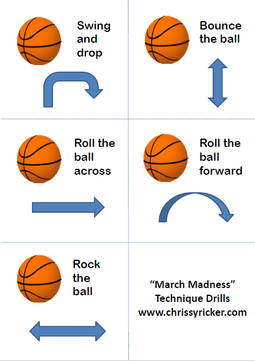
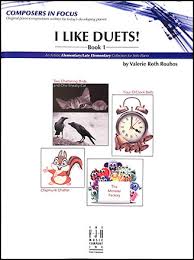
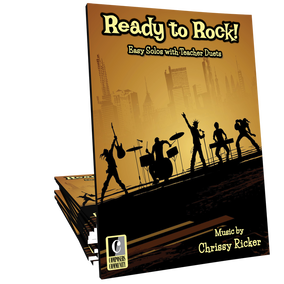
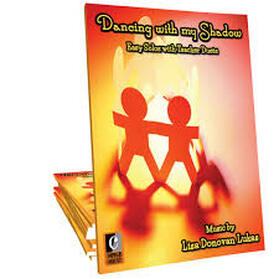
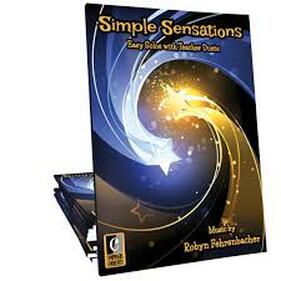
 RSS Feed
RSS Feed